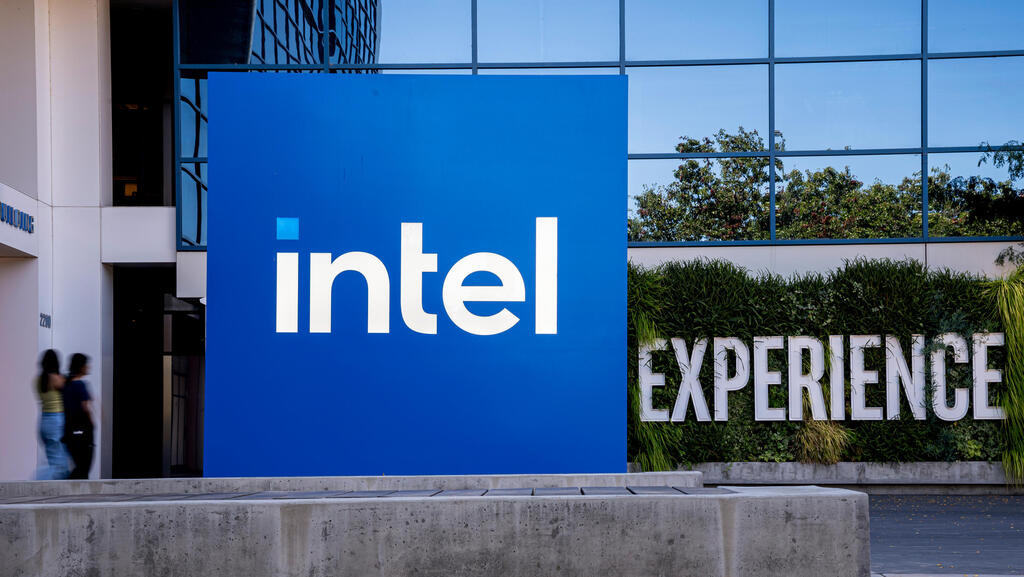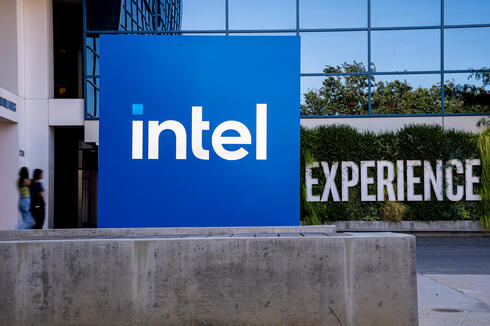
Inside the Intel reckoning: layoffs, leadership, and the long road back to relevance
The story of a tech giant trying to remember who it used to be—and maybe become something more.
Let’s not sugarcoat this: Intel is in the middle of one of the most dramatic identity crises in modern corporate history.
Intel employees left in the dark amid talk of radical transformation
It’s not just the layoffs. (Though, yes, it’s 22,000 people. Twenty-two thousand.) It’s not just the weak earnings, or the plunging stock, or the vague sense that every time Intel announces something bold, Nvidia does something louder.
What’s really happening here is something rarer, and maybe a little more tragic. This is a company trying to rebuild its soul—in public, under pressure, with the ghosts of its own greatness watching from the walls.
And in the middle of it is Lip-Bu Tan, a soft-spoken engineer, venture capitalist, and now CEO, who seems to know exactly what’s broken—and is trying, quietly and methodically, to fix it.
Chapter 1: The layers that killed the spark
The way Tan tells it, Intel’s problem isn’t a lack of talent. Or money. Or even ideas.
It’s the organization itself—an eight-layer-deep, spreadsheet-worshipping, PowerPoint-suffocated leviathan where every decision takes too long, and nobody feels like they own anything. “Organizational complexity and bureaucracies have been suffocating the innovation and agility we need to win,” he said in his first earnings call.
So he’s flattening the org chart. Collapsing layers. Bringing engineers closer to the top. Removing barriers. Slashing expenses. Cancelling projects. You get the sense he walks the halls with a red marker.
It’s not romantic. It’s not inspiring. It’s triage. And it’s exactly what Intel needs.
Chapter 2: The layoffs
Here’s the part you don’t put in the press release: Intel is about to execute the largest round of layoffs in its history. Roughly 20% of its global workforce. That’s more than 1 in 5 employees.
They haven’t confirmed it officially. But everyone knows. The numbers are in the earnings slides, in the lowered expense targets, in the silence from HR.
And yes, some of this is about pleasing Wall Street. But most of it is about survival.
Intel got too big, too slow, too comfortable. The layoffs aren’t about bloat—they’re about focus. About clearing space so that the company can become something again.
Still, you don’t cut 22,000 jobs without leaving scars. Intel’s future will be leaner. But it won’t be gentler.
Chapter 3: The product problem
Intel used to build products that changed the world. Now it builds PowerPoints about roadmaps.
Tan gets that. And he’s making it his mission to fix it.
He’s cutting distractions, pushing for execution, and rebuilding the engineering core from the ground up.
He even brought back some of the old talent Intel had let go.
But here’s the catch: you can’t fake a great product. You can restructure, you can rehire, you can set a new tone. But until something hits the market that blows people away, this is all just preamble.
Related articles:
Chapter 4: The foundry dream (and reality)
Under Tan’s predecessor, Intel said it wanted to be the next TSMC—a contract chip manufacturer for the world.
That’s still the plan. But Tan just made it clear that if they’re going to be a foundry, they’ll need to start acting like one.
“Foundry is a customer service business,” he said. And he’s right. Intel can’t just drop cutting-edge technology on the table and expect customers to show up. It needs to play nice with industry-standard tools. It needs to listen. It needs to deliver.
That means rethinking everything from chip design to manufacturing to customer support.
This isn’t about ego. It’s about trust.
Chapter 5: The walk back on Intel Capital
Intel originally said it would spin off its venture arm, Intel Capital. That made sense. It’s not core. It could raise money. It could move faster.
But now? Tan says they’re keeping it in-house—just with stricter rules.
The message is clear. Tan says he plans to work with the team “to monetize our existing portfolio while being more selective on new investments that support our strategy. We need to get our balance sheet healthy and start the process of deleveraging this year.”
It’s less sexy. But again, more honest.
Chapter 6: The Tan doctrine
Tan doesn’t talk like a tech CEO. He talks like a systems guy. Like someone who’s read every line of code and found every bug in the org.
He talks about under-promising. About meeting customer KPIs. About rebuilding from engineering out.
He’s not trying to be charismatic. He’s trying to be right.
And that might be exactly what Intel needs.
Because this company doesn’t need a hype man. It needs a fix.
